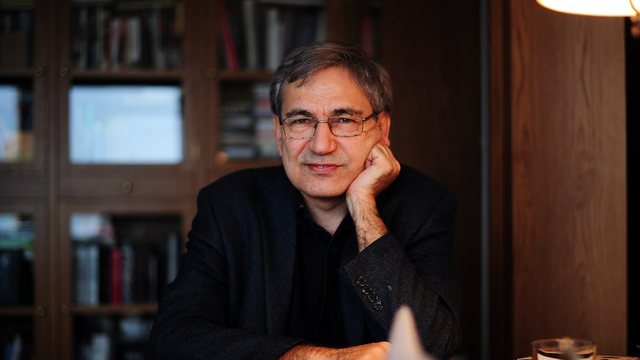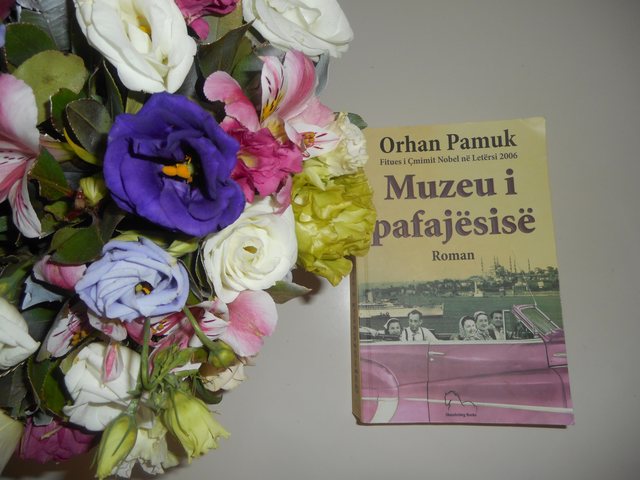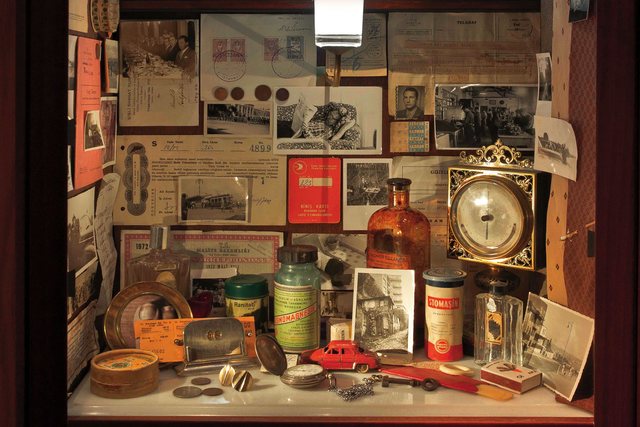
In the #rrembelibrin Club, we decided to share it with a Nobel Prize winner in July. Orhan Pamuk is one of the most beloved Turkish writers, not only for his nation, but already for the whole world. His books are among the most sought after, the most read and the most discussed.
He brought Turkey to the attention of the whole world, through his wonderful books, from which the readers got acquainted with the history, culture, mindset and Turkish people. Pamuk was honored with the Nobel Prize in 2006 and since then the love of readers has multiplied.
The book with which we refreshed the horrific suicide of July was "Museum of Innocence", one of the most authoritative masterpieces of the author. This book saw the first publication light in 2008 for the first time.
The novel's events take place in Turkey from the '75s to the' 84s and in his heart there is an extraordinary story of love between Kemal, an economically imbued boy, realized and engaged with a girl full of charm and subtlety, but the heart of her who begins to beat for his distant cousin Fushun. In addition to his love, experiences, life, daily life, thoughts, dreams, and obstacles, the Turkish mentality of those years appears at the same time. Kemal lives in agony, between two fires two love, but the same is for Turkey. It is located at the crossroads of transition, between the east and west, between the past and the future.

"The Museum of Innocence" is the hymn of many tough, dangerous and almost impossible love. Also, this book is a vibrant panorama of Turkey, with detailed descriptions not only of the circumstances, country, traditions, art, architecture, lifestyle and collective perception, but also of the events, experiences and feelings of the characters. This book expresses everything with the innocence of truth, with the innocence of love.
You will certainly not be surprised if you learn that the "Museum of Innocence" is true. The author created the museum with objects and memories to bring the reader a clearer touch of their favorite characters in the book and at the same time keep the mind game alive, if everything has actually happened or is at the boundary of the imagination. After all, where reality begins and dreams end in this novel?

The answer is difficult to find. Reading this book is like experiencing a dream that holds the weight of eighty-three chapters. A browsing page of his last page is overwhelmed by sadness.
To sum it up, I can say that this confession may be the tale before a sweet sleep, and also has the ability to convey to the reader a lifelike sensitivity. Written perfectly and as beautifully as possible, I suggest you not leave it without reading this masterpiece.
I invite you to reading the Museum of Innocence and welcome you to the #rrembelibrin Club.
Rilexohemi next week,
| A bunch of rays across the RE





